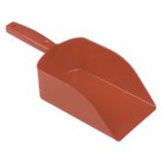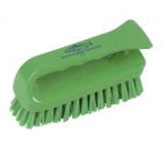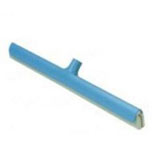Last week we broadly introduced HACCP in our aptly titled post “What is HACCP?” and now we’re going to delve deeper into the topic, exploring the seven principles of HACCP:
- Conduct a Hazard Analysis – the process of determining food safety hazards and identifying ways to control the hazards, where a foof safety hazard refers to anything that can cause food to be unsafe for human consumption.
- Identify Critical Control Points – a critical control point can be anywhere in the food manufacturing process where a control can be implemented. These will help reduce food safety hazards.
- Establish Critical Limits for Each Critical Control Point – critical limits are the amounts, both maximum and minimum, a hazard needs to be controlled at a critical control point to ensure food can be safely consumed.
- Establish Critical Control Point Monitoring Requirements – you will need to monitor your controls to make sure they work. Each procedure and the frequency of its monitoring must be recorded.
- Establish Corrective Actions – having actions in place to ensure if that if a product deviates from its critical limit, it will not be made available to consumers.
- Establish Procedures for Ensuring the HACCP System is Working as Intended – you must validate that your HACCP plan does indeed work and ensures safe food products.
- Establish Record Keeping Procedures – HACCP regulations require warehouses to maintain documents about its hazard analysis and written HACCP plans, as well as records on critical control points, critical limits, corrective actions and verifications.
Browse Premier’s great selection of HACCP products for your warehouse. We have everything you need to help your warehouse follow the HACCP guidelines.
Some of our HACCP Products:
 Scoops |
 Scrubs |
 Squeegees |

